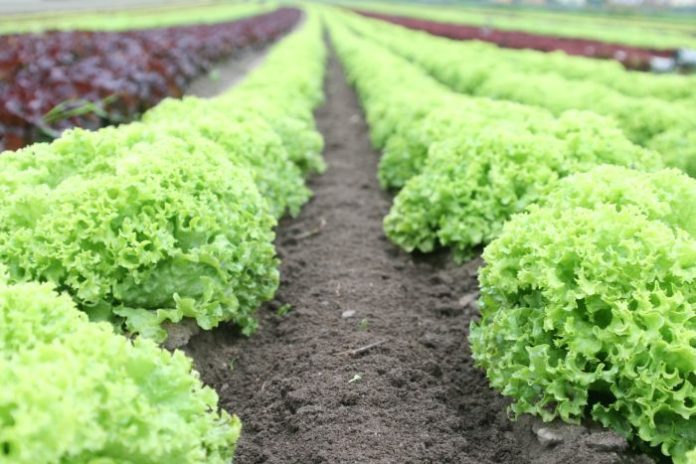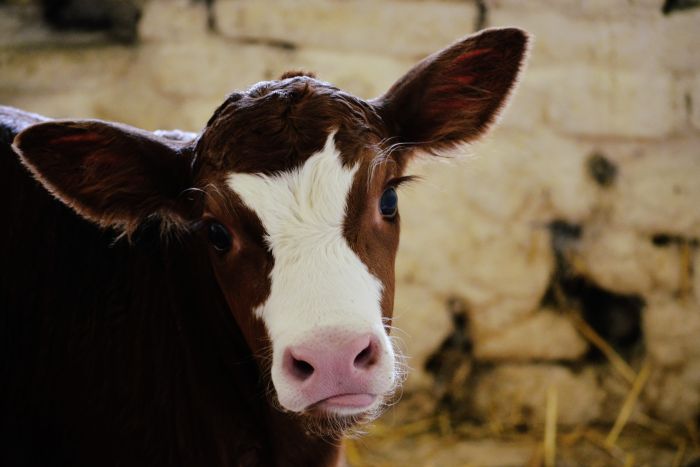
Agri-food chain and environment
It would be unthinkable and irresponsible to discuss environmental sustainability today by leaving out the agri-food chain, given the significantly negative impact it has on climate, soil and biodiversity depletion, as well as on the use of scarce resources such as water and land (already extensively argued by FAO in its 2006 report “Livestock’s long shadow“).
However, the analysis becomes more complicated if we consider that agriculture is both an active and passive participant in many of the environmental disruptions we are witnessing. While it influences climate change through the release of greenhouse gases into the atmosphere through the use of organic fertilisers, nitrogenous minerals, and the production and spreading of animal manure, it also suffers from it, depending heavily on both water and soil quality and weather conditions. Nevertheless, the agricultural sector contributes largely to the generation of renewable energy through the production of biogas, thus reinforcing the circular economy paradigm.
The effects of agriculture and livestock farming in the European Union
Agriculture, which accounts for almost 40% of European soil, accounts for 12% of greenhouse gas emissions and 94% of ammonia emissions in the EU, mainly due to the storage of manure, slurry spreading and the application of nitrogen fertilisers. In addition, the increase in carbon dioxide emissions due to soil thinning for agricultural and forestry uses makes the EU the second most critical area worldwide, after Indonesia, for this phenomenon (Source: Commission Staff Working Document Evaluation of the impact of the Common Agricultural Policy on Climate Change and Greenhouse Gas Emissions of 21 May 2021).
F2F: the EU answer for a healthier and more sustainable food supply chain
Adopted on 19th October by a large majority, the non-legislative resolution Farm to Fork (F2F) represents the EU policy makers’ articulated response to the need to implement a food system that is more respectful of the environment, but also healthier and fairer for consumers and producers. F2F aims in particular to:
- Generate a neutral or positive environmental impact;
- Contribute to mitigating climate change and adapting to its impacts, reversing biodiversity loss;
- Ensure food security, nutrition and public health by providing access to sufficient, safe, nutritious and sustainable food for all;
- Preserve food affordability, generating fairer economic returns, promoting the competitiveness of the EU supply sector and fair trade.
F2F strategy highlights
In order to achieve the Goals listed above, the Farm to Fork strategy is broken down into other specific sub-goals such as:
- Reduce the risk and use of chemical pesticides by 50% by 2030, including the most dangerous ones;
- Reduce by half the excess of nutrients responsible for air, water and soil pollution, without compromising soil fertility;
- Reduce fertiliser use by at least 20% by 2030;
- Reduce sales of antimicrobials for farm animals and aquaculture by 50% by 2030, as antimicrobial resistance is responsible for around 33,000 human deaths in the EU every year;
- Achieve 25% of total agricultural land in organic farming by 2030.
Other points related to the orientation towards healthier food and animal welfare include:
- The implementation of measures to reduce the consumption of meat and highly processed foods rich in salt, sugar and fat;
- Greater caution on opening up to new GMOs;
- The phasing out of cage farming;
- The establishment of common and scientifically valid animal welfare indicators.

Other innovations related to greenhouse gas reduction are included in the ‘Fit for 55 by 2030’ package. (Fit for 55), which includes suggestions for legislative proposals to tackle emissions from agriculture and related land use, as well as strict criteria for renewable energy production from biomass.
The possible effects of F2F and the criticisms made
The European Union’s efforts to curb such serious and widespread environmental problems are laudable but not without criticism. According to Professors Henning and Witzke in their recent study, if F2F were to reach its targets, agricultural production would be significantly reduced, which would inevitably increase both the prices of agri-food products and the volumes of imports of such products into the EU from third countries.
Specifically, the availability of beef would be reduced by 20%, milk by 6.3%, cereals by 21.4% and oilseeds by 20%. According to the study, the estimated price increases would even reach +58% for beef, almost +48% for pork and +36% for raw milk. Vegetable products would not be exempt from price increases, but the impact on them would be quantitatively lower: +15% for fruit and vegetables (including permanent crops and grapes), +18% for oilseeds and +12.5% for cereals.
Towards a greener, more ethical and healthier diet
Despite the fact that many interest groups linked to the meat industry are quick to deny it, even by funding timely scientific research, there is a clear correlation between the frequent consumption of meat (particularly red, processed, heavily cooked and toasted meat) and the onset of cancerous diseases. This is what the Veronesi Foundation claims, going so far as to say that ‘three quarters of what we eat overall should be vegetable foods’.
Consumption of less meat therefore leads to a reduction in environmental impact and clear benefits for health, as well as making a positive contribution to the EU’s trade balance: in addition to production and consumption, the proportion of meat imported from third countries would also fall.
As far as price increases are concerned, given that plant products would be affected to a lesser extent, is this not the price to be paid to overcome the inevitable negative externalities generated by agricultural activities?



































